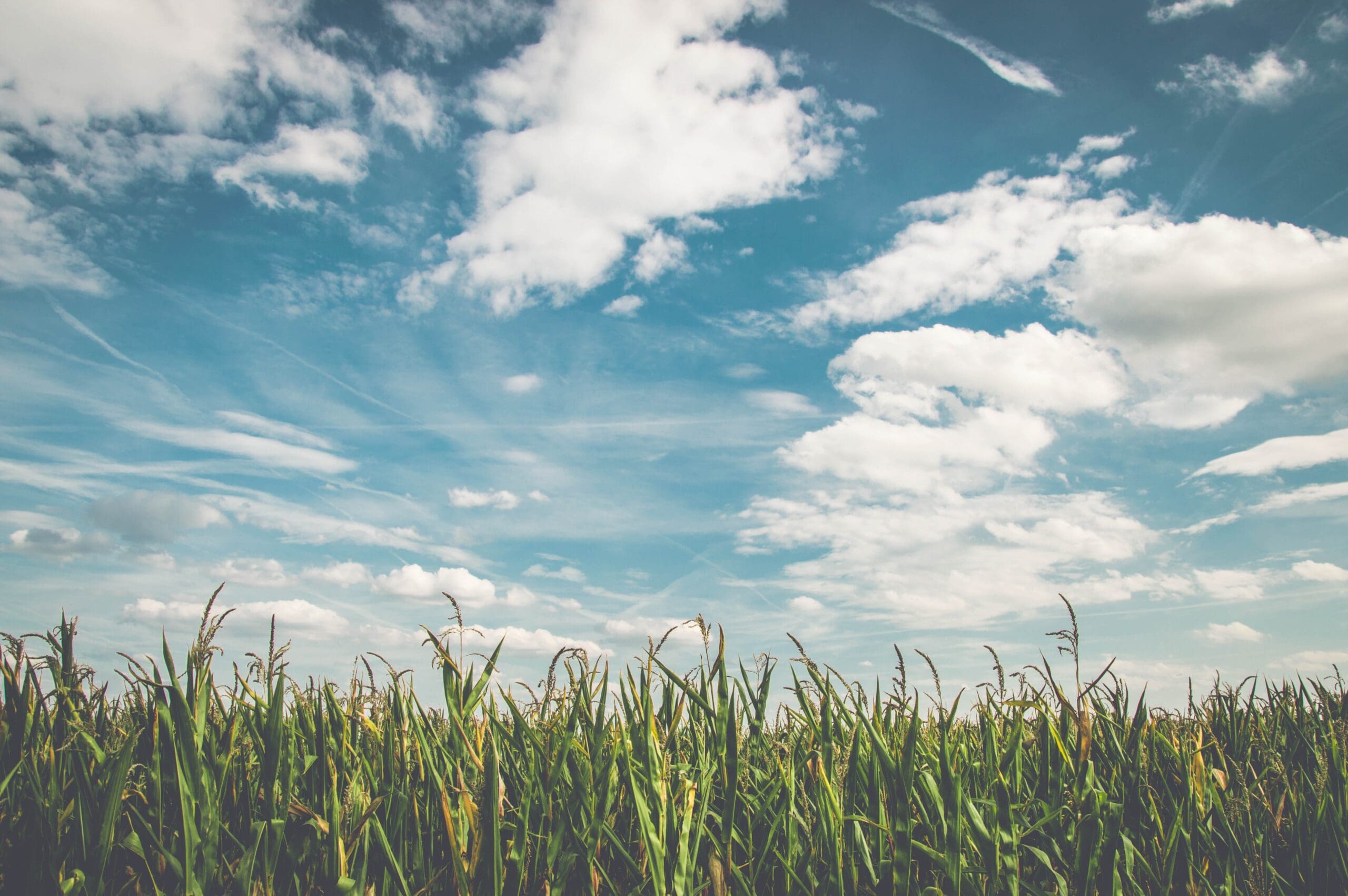
From 2019 to 2020, greenhouse gas emissions were reduced by 4% according to the U.S. Environmental Protection Agency (EPA). Agriculture only represents 10% of the total greenhouse gas emissions in the whole nation, this number is very low compared to other sectors in the economy. AFBF President, Zippy Duvall, said, "The most recent numbers show America’s farmers and ranchers are dedicated to feeding America’s families while remaining...

Agricultural cooperatives have been warned by the FBI about ransomware attacks are more likely to happen during planting and harvest seasons. “Cyber actors may perceive cooperatives as lucrative targets with a willingness to pay due to the time-sensitive role they play in agricultural production,” FBI states. Some ways to mitigate these attacks include regularly backing up data and installing updates, software, and firmware as soon as they...
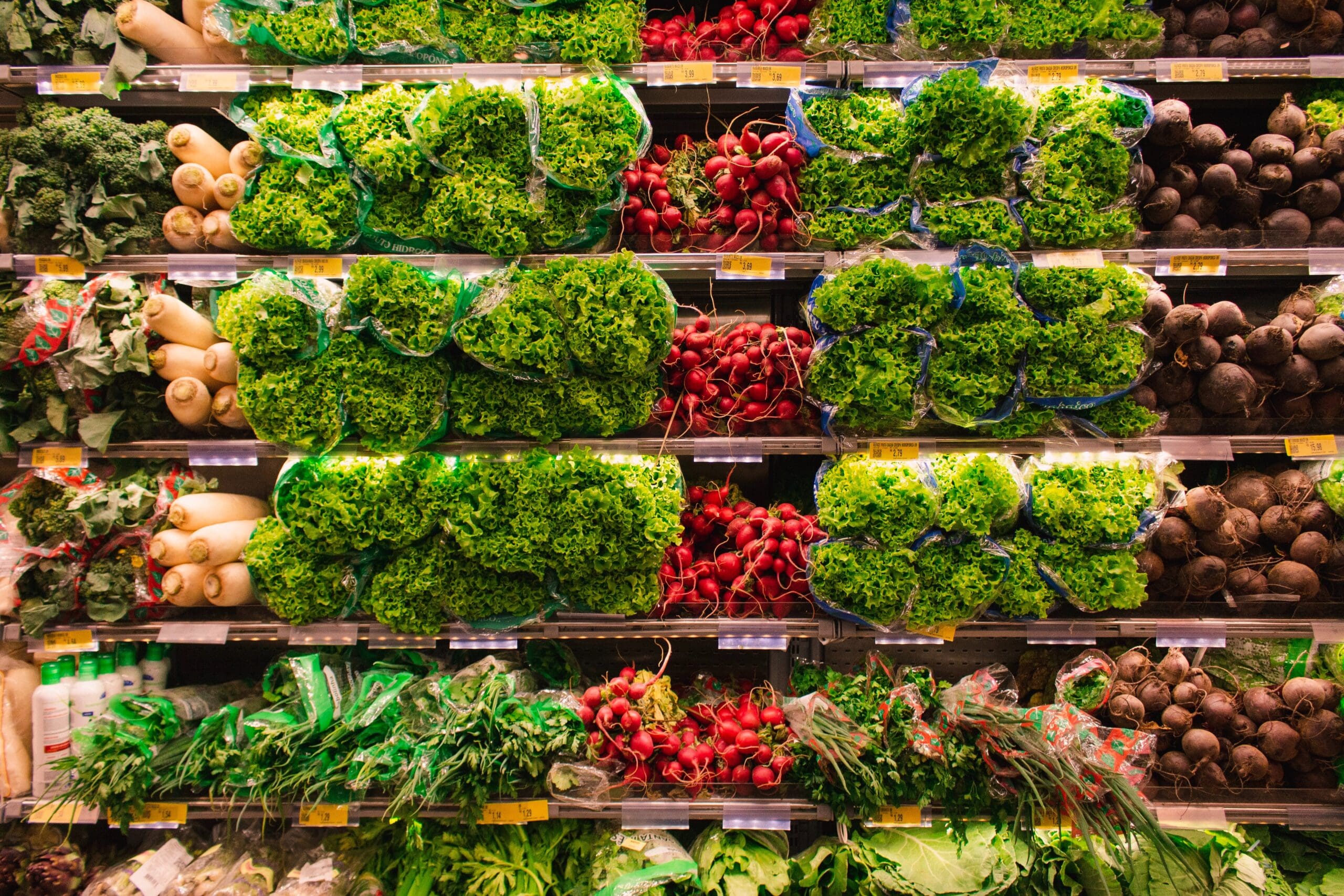
For years there have been rumors of extremely high levels of pesticides on fresh produce that make it unhealthy to eat, this is actually a myth. Looking at the highest amount of residue found in the "dirty dozen" it was found that the levels are so low, that a child could eat thousands of servings of fruits and veggies and not have any health effects. Actually, most non-organic produce has such low levels of pesticides, that it could actually be...
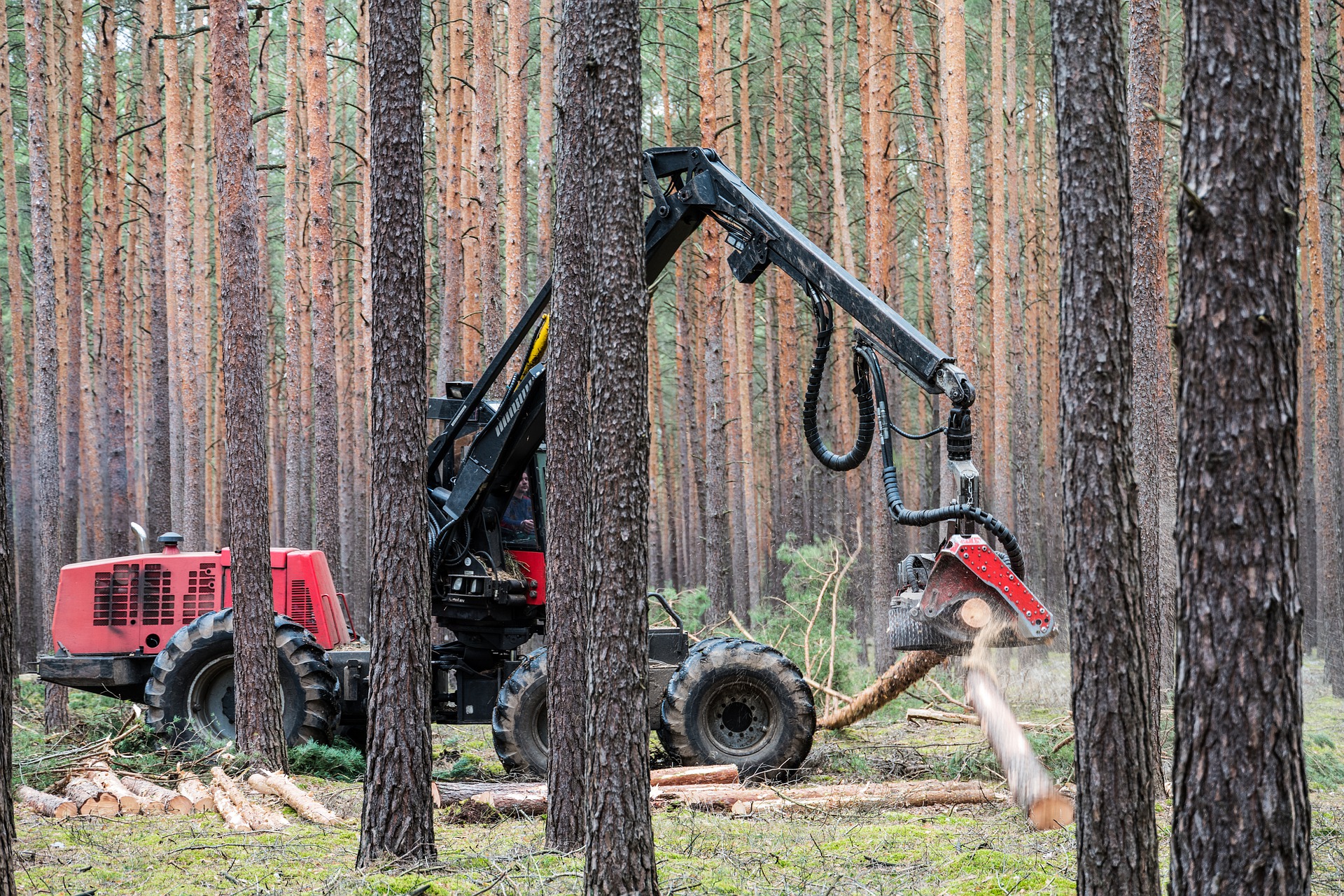
As many know, the forestry industry has been experiencing skilled labor shortages as many of the logging contractors and machine operators are set to retire in the near future. A solution to this problem is virtual training for this heavy machinery so a younger workforce can be trained without using the actual equipment. CM Labs has partnered with Tigercat to offer a virtual training of its harvester and forwarder simulator training packs....
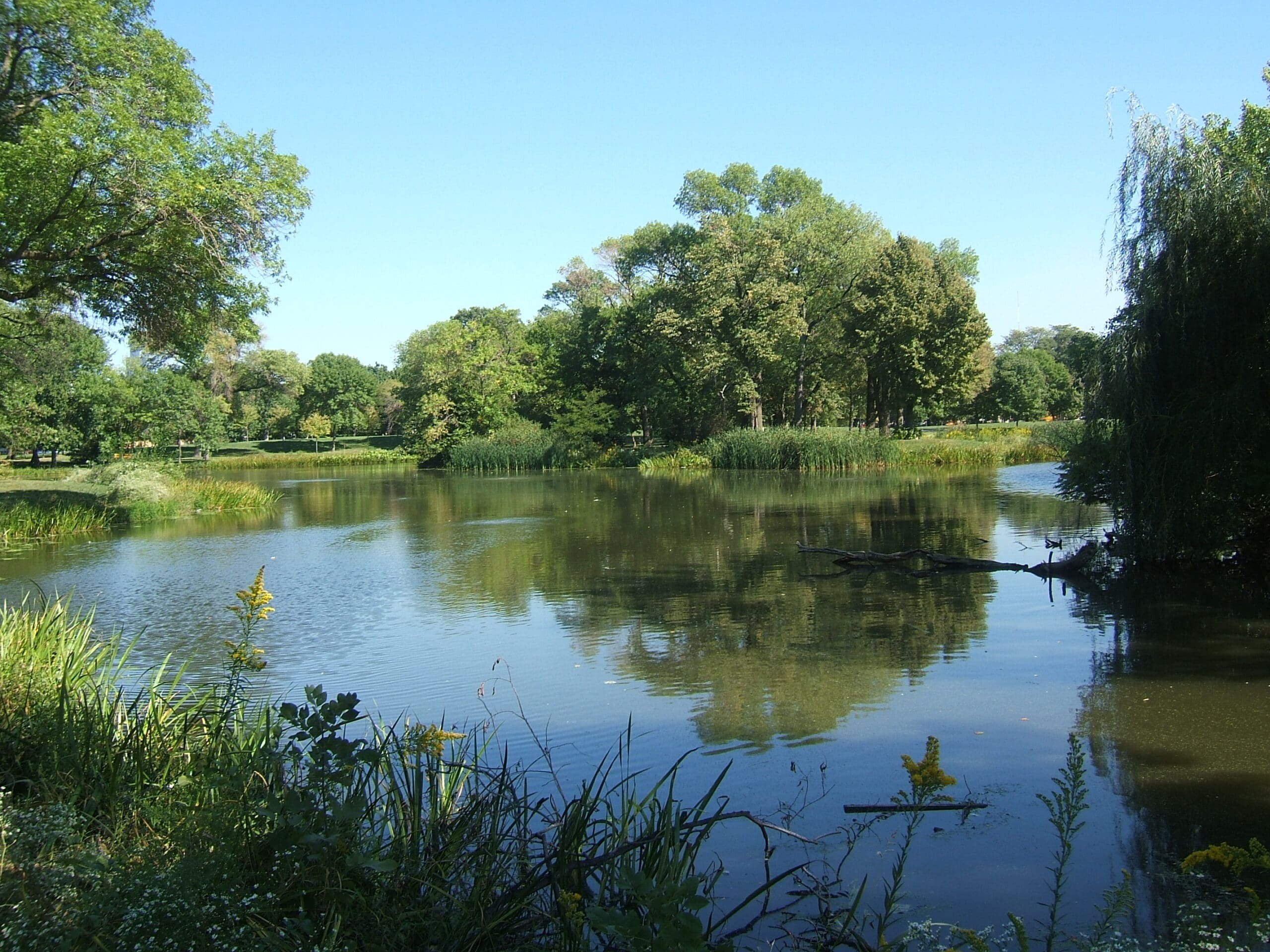
Stormwater detention ponds were created to remove 80% of phosphorus, nitrogen and suspended solids from bodies of water, but research shows that they only remove 50% or less. Most often people use the words "detention" and "retention" interchangeably, but these words mean two different types of ponds. Detention ponds hold water all year round, while retention ponds are empty until it rains and they fill up with water. These ponds are normally...
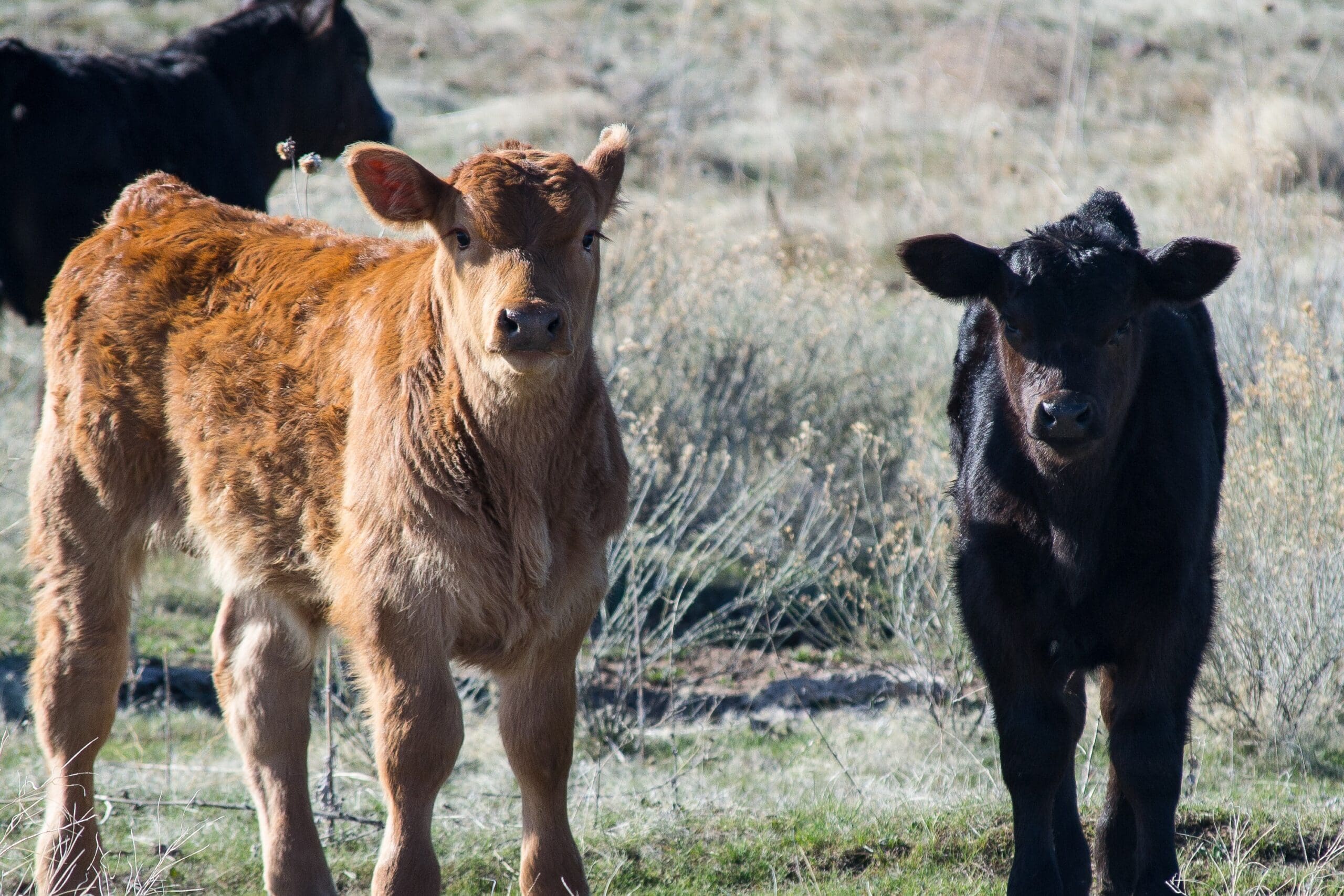
Research done by the USDA has shown that moving calving time from the spring to late winter increases calf growth. This means that calving season will be in early March instead of early May, which puts calves reaching 180 days of age in early September, while the grass is still growing, compared to early November, when the growing season slacks off. Calves that are born in late winter are shown to average 13 percent heavier than those born in...
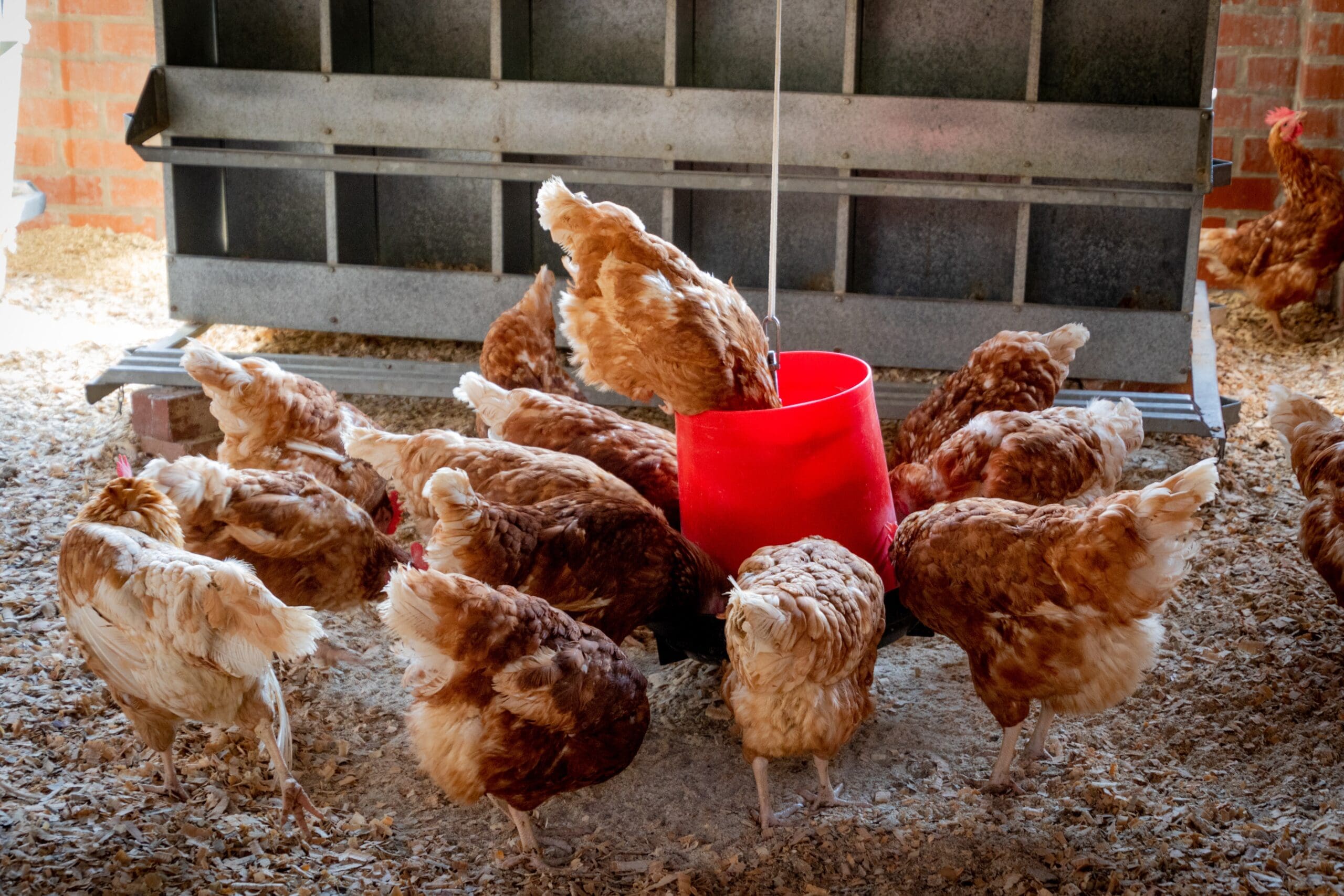
In the past few weeks, there have been reports of Highly Pathogenic Avian Influenza (HPAI) in the Midwest and northern parts of the country. According to Alabama Poultry and Egg Association's CEO, Johnny Adams, the disease is not being spread from farm to farm due to good bio-security. The disease is being spread by wild birds in parts of the U.S. and in Europe, Africa, Asia, and Canada. Bird owners should be reviewing their biosecurity...
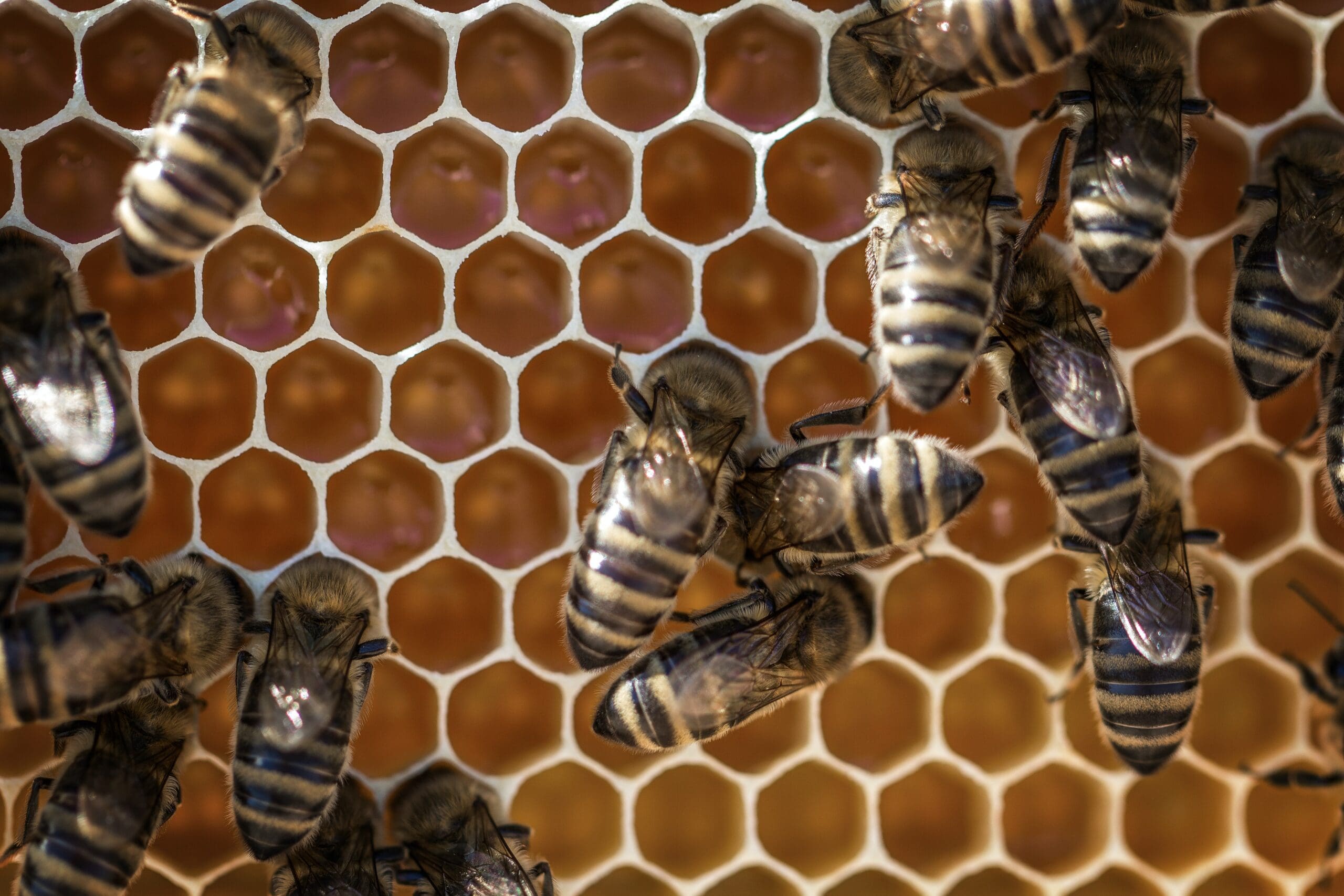
Specialty crops like almonds and other nuts, berries, fruits and vegetables have honey bees to thank for more than 15-billion in added crop value. Funding from the Plant Protection Act has helped the United States Department of Agriculture's (USDA) Plant Protection and Quarantine Program, PPQ, launch a survey that will gather data on bees to better understand the threatening factors of bees and how to take action to protect them and the many...
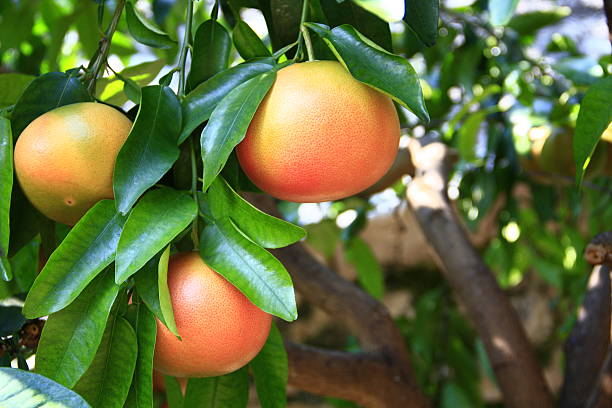
The grapefruit is a hybrid of the orange and the pummelo and is grown largely in the Indian River region of Florida with peak season arriving during the wintertime. The demand for grapefruit remains high despite the fact that Florida will see the smallest citrus crop production in 75 years. "As growers, we are no strangers to adversity – natural disasters, pests, and disease are all a part of daily life. But it is how we respond to these...

History is being made with the first ever National Agroforestry Survey being conducted from February 1, 2022 to April 5, 2022. The survey is being done on farmers and ranchers across the nation that utilize these six practices on their land: windbreaks, silvopasture, riparian forest buffers, alley cropping, forest farming and multi-story cropping. The results from these surveys will be released in studies, press releases, and publications. USDA...










